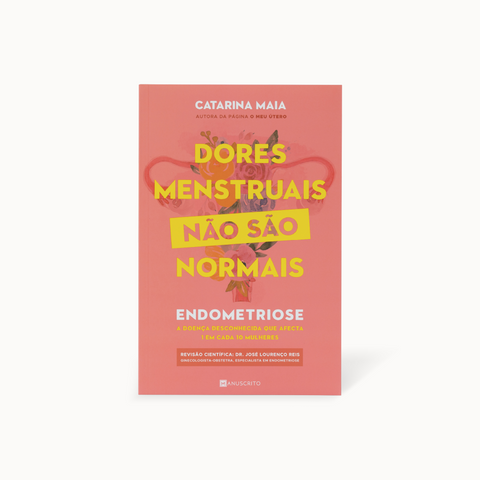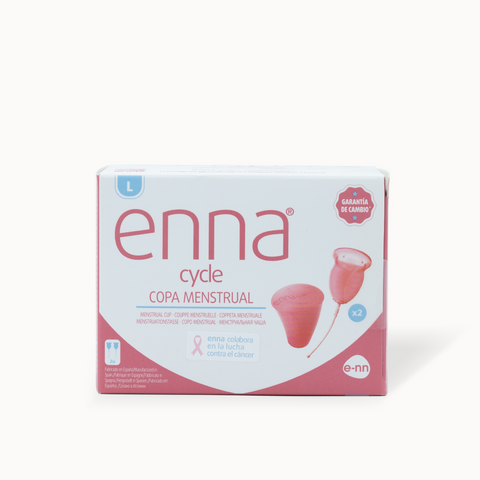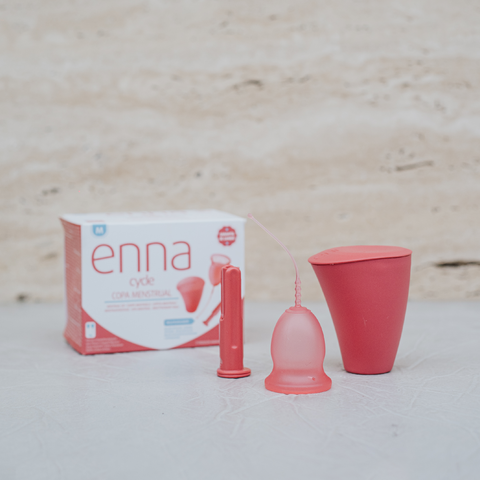Tampons: mini or maxi, with or without applicator, are something that is not missing from women's bags and bathroom cabinets. The same happens with bandages: there is always some scattered among our things. There are those who cannot use tampons and, on the other hand, those who cannot exchange them for pads.
Over time, there has been much discussion about the use of these types of products, as they can be a favorable environment for the development of bacteria, enhancing the emergence of infections. As with the various products we use, there are also disadvantages to using tampons and sanitary pads. We want to show you the other side of the coin, the one you probably never thought about.
Our skin is one of the largest organs in our body and, at the same time, one of the thinnest and most permeable. This means that many of the substances that come into contact with it, when absorbed into the bloodstream, spread throughout our body. The moment we unwrap a tampon and place it inside the vagina, the substances found in it are immediately absorbed by the vaginal mucosa. And this happens because the mucosa is very vascular, which facilitates the absorption of substances that come into contact with it.
Therefore, we easily understand that, if the tampons and pads we use contain any toxic material, they could pose a threat to our intimate health from the moment they come into contact with our skin. But does all this happen exactly this way? The answer is clear: yes, since tampons contain dioxins and agrochemicals, two of the main types of toxic substances found in these types of products.
In 2016, the French consumer protection association 60 Millions analyzed eleven brands of sanitary pads and tampons. In five, traces of dioxins were detected. And, in addition to these substances, glyphosate (a herbicide associated with cancerous diseases) was also found, as well as pesticide and insecticide residues.
Where do harmful chemicals come from?
During cotton manufacturing, large quantities of pesticides and pesticides are used. Tampons are mostly made from cotton and synthetic fibers. When a tampon comes into contact with our body, these chemical substances, such as pesticides, are, over time, absorbed by the vaginal mucosa.
Now ask us: and where do dioxins come from ? If you've ever looked at a tampon, you know that they are very white in color. To give them bleached air, chemical substances are used, responsible for the presence of dioxins.
On the other hand, if the tampon is flavored, with a smell, its risk of toxicity increases even more. This happens because synthetic perfumes are made up of dangerous volatile organic compounds. The same happens in the case of dressings.
There is yet another point that must be analyzed. The inside of our vagina is a space without oxygen, which limits the development of microorganisms and thus prevents some infections. When using a tampon, air and oxygen will enter, and the natural environment of the vagina will be altered. This will facilitate the development of microorganisms and increase the risk of infections. If you are a fan of tampons super absorbent, we bring you some bad news. Tampons, when they remain inside the vagina for a long time, contribute to the formation of a comfortable environment for the development of bacteria, thus causing infections.
As we don't want to leave you lost and without knowing what to use when your period is just around the corner, we suggest two alternatives to tampons and sanitary pads, below.
Menstrual cup:
It is made of silicone and is an easy-to-use, economical and environmentally friendly option. The menstrual cup is inserted inside the vagina and only needs to be removed after 8 or 12 hours. You can purchase it in our online store, through this link .
Organic sanitary pads:
They are organic and safer compared to common bandages. Their lining is made from certified organic cotton, which makes them free from toxic substances. They have no smell and are 90% biodegradable. You can buy them at the barn or in organic supermarkets. Regarding the value, they are significantly more expensive when compared to the usual ones, around €3.20.




















